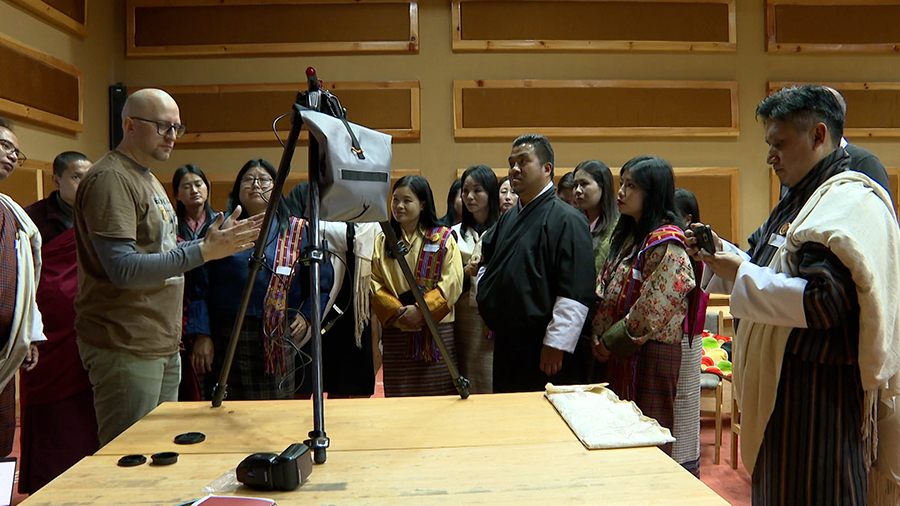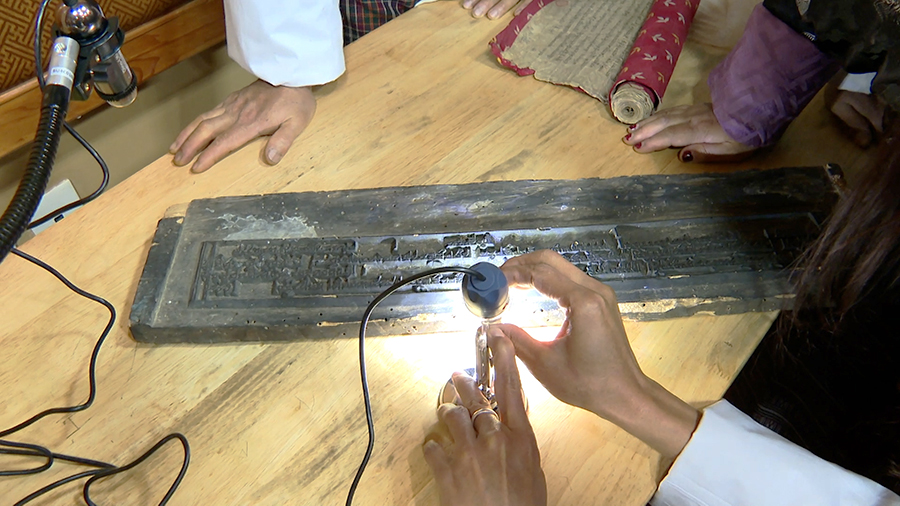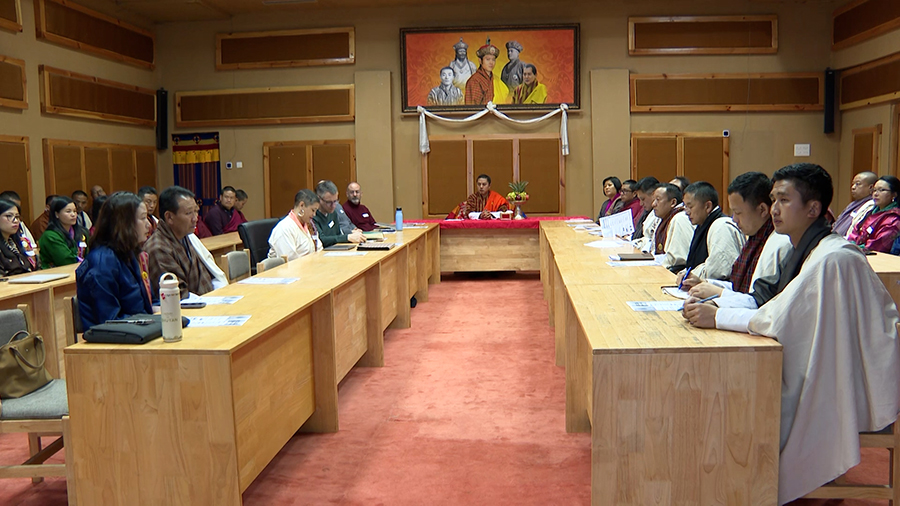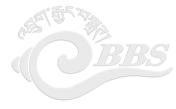 Relying on conventional conservation methods to analyse and preserve artefacts has always been challenging in Bhutanese museums. The traditional methods usually lack precision and have risks of damaging the artefacts. To address this challenge, professors from British universities are training Bhutanese museum conservators in heritage science techniques.
Relying on conventional conservation methods to analyse and preserve artefacts has always been challenging in Bhutanese museums. The traditional methods usually lack precision and have risks of damaging the artefacts. To address this challenge, professors from British universities are training Bhutanese museum conservators in heritage science techniques.
 The workshop focuses on hands-on training on non-invasive analytical methods such as X-ray fluorescence spectroscopy, multispectral imaging, mass spectrometry, and carbon-14 dating.
The workshop focuses on hands-on training on non-invasive analytical methods such as X-ray fluorescence spectroscopy, multispectral imaging, mass spectrometry, and carbon-14 dating.
According to the museum division, these methods will facilitate accurate material identification and trace artefact origins. They will also provide insights into historical contexts without risking damage.
Additionally, these scientific techniques support conservation by analysing environmental factors and material degradation, allowing conservators to implement measures that prevent damage before it occurs.
“With the introduction of advanced scientific techniques in heritage preservation, there is greater precision and increased opportunities for non-invasive methods, allowing us to care for our cultural artefacts more effectively,” said Tshering Youden Penjor, Chief Curator, Museum Division, DCDD.
“In recent years, the range of new technologies has provided important tools for conservators in understanding collections and transforming the fields of conservation, heritage science, and historical research. We now have better tools to determine what materials, and objects are made of, how they are made, how they are used, and how various technologies enhance the resources available to conservators and curators in caring for the collections and understanding of collections and, hopefully, in combating deliberate theft,” said Eyal Poleg (PhD), Professor of Material History, Queen Mary University of London.
The workshop is funded by Queen Mary University of London under its ‘Hidden in Plain Sight’ project. The grant covers workshop and training costs, as well as travel and logistics for the international team, including heritage scientists and scholars from both Queen Mary University of London and the University of Cambridge.
“Bhutan for us is an ideal partner to work with; it builds on ongoing collaboration between Dr Ayesha Fuentes and the division of the museum. And it is a country that has a range of fascinating objects, locations and museums, which will benefit from additional resources for the analysis and conservation,” said Eyal Poleg (PhD), Professor of Material History, Queen Mary University of London.
Currently, the country has three museums listed under the museum division: the National Museum of Bhutan in Paro, the Royal Heritage Museum in Trongsa, and The Textile Museum in Thimphu.
 The 10-day workshop, which commenced yesterday in Thimphu will also be conducted in Trongsa and Paro.
The 10-day workshop, which commenced yesterday in Thimphu will also be conducted in Trongsa and Paro.
It is a collaborative initiative of the Department of Culture and Dzongkha Development’s Museum Division, and UK’s Queen Mary University of London, and the University of Cambridge.
Namgay Wangdi
Edited by Kipchu









